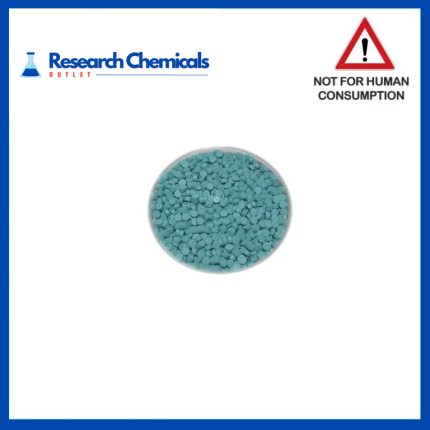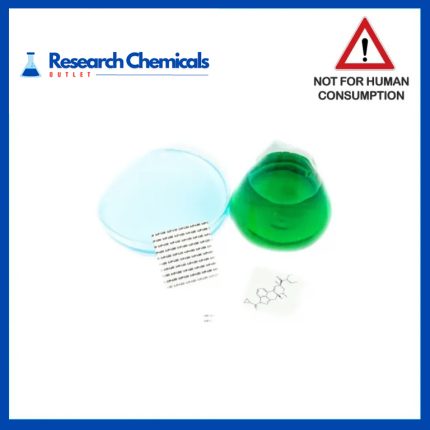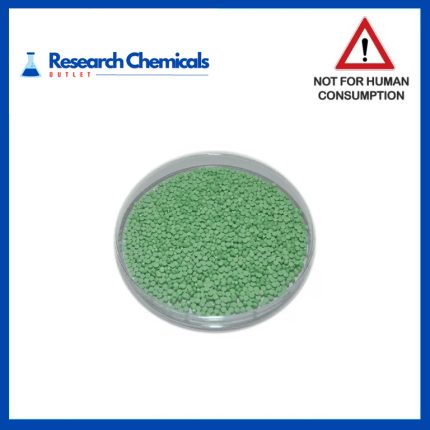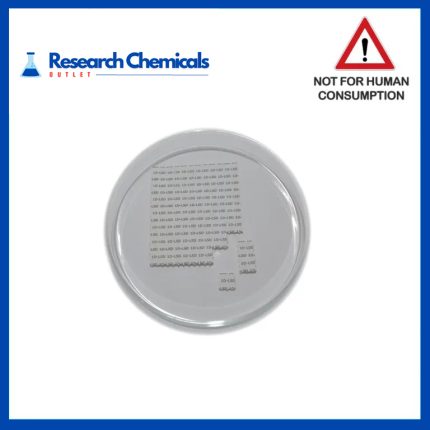ECPLA L-Tartrate: Exploring Tryptamines for Scientific Inquiry
ECPLA L-tartrate, also known as Ethocinylcyclopropyl L-tartrate, is a potent research chemical categorized under tryptamines, a class of compounds studied for their intriguing effects on human cognition. For scientists delving into the complexities of consciousness, this compound offers a unique avenue of exploration.
Understanding ECPLA L-Tartrate:
- Synonym: Lysergic acid N-ethyl-N-cyclopropylamide hemi-L-tartrate
- CAS Number: N/A
- Formula: (8β)-N-ethyl-N-cyclopropyl-6-methyl-9,10-didehydroergoline-8-carboxamide hemi-L-tartrate
- Molecular Mass: 410.5 g/mol
- Purity: >97%
Properties and Usage:
ECPLA L-tartrate affects serotonin receptors in the brain, altering sensory perception and emotional experiences. Its molecular structure is a focus of rigorous research, shedding light on the intricate interplay between chemicals and neural pathways. Responsible research practices are imperative in understanding its effects.
Safety Measures:
- Hazards: ECPLA can cause respiratory and eye irritation. Disposal into the environment is strictly prohibited.
- Eye Contact: Rinse eyes gently with water for five minutes. Remove contact lenses if possible.
- Skin Contact: Wash skin with soap and water.
- Inhalation: Move the victim to fresh air and ensure easy breathing.
Scientific Evolution:
ECPLA L-tartrate’s origins lie in scientific curiosity. Researchers, driven by a desire to comprehend neural responses, explored tryptamines’ chemical structures. Modifications led to ECPLA L-tartrate, allowing researchers to examine subtle structural changes’ impact on brain function. This chemical evolution has deepened our knowledge of brain signaling pathways.
For in-depth information, explore the Wikipedia page on Tryptamines. For secure and swift orders, visit Research Chemicals Outlet.











Reviews
There are no reviews yet.